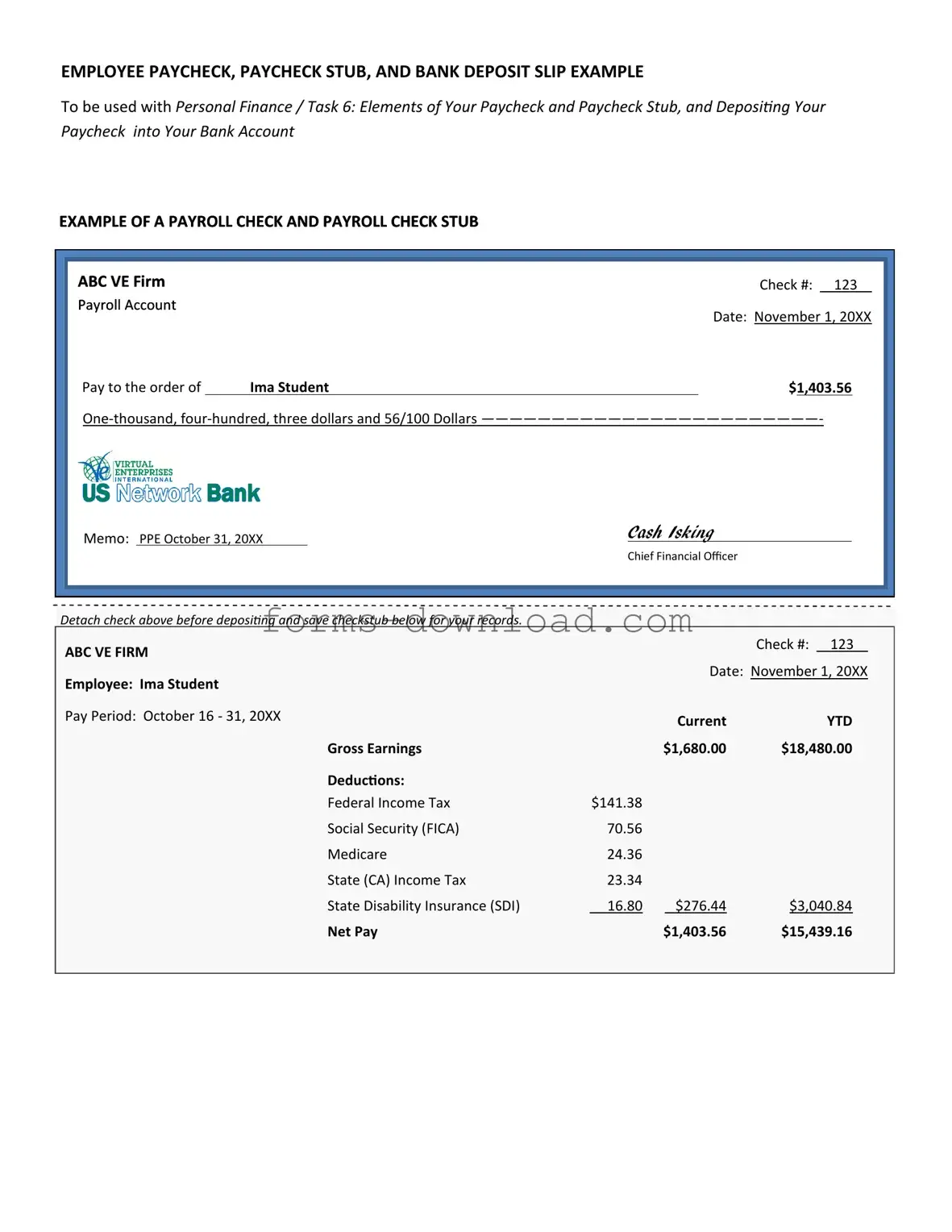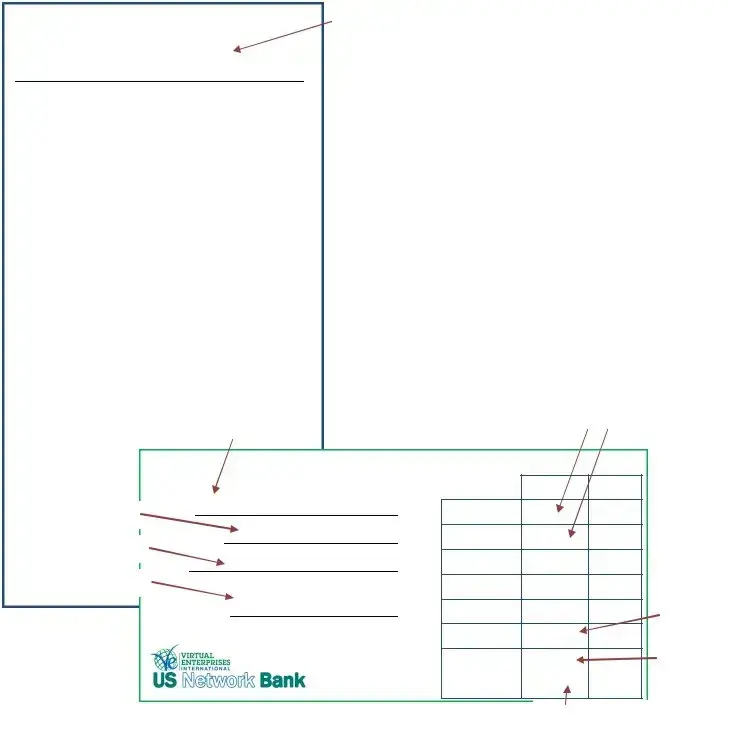The Payroll Check form is a vital document that serves as a record of payment for employees, ensuring they receive their due compensation for work performed. This form typically includes essential information such as the employee's name, identification number, and the period for which the payment is being issued. Additionally, it outlines the gross pay, deductions, and net pay, providing a transparent breakdown of how the final amount was determined. Employers must ensure that the form is filled out accurately to comply with federal and state regulations, which govern payroll practices. Furthermore, the Payroll Check form often contains details regarding tax withholdings and benefits contributions, which can significantly impact an employee's take-home pay. Understanding the components of this form is crucial not only for employers who wish to maintain compliance but also for employees who need to verify that they are being compensated fairly and correctly. By paying attention to the intricacies of the Payroll Check form, both parties can foster a more transparent and trusting workplace environment.


